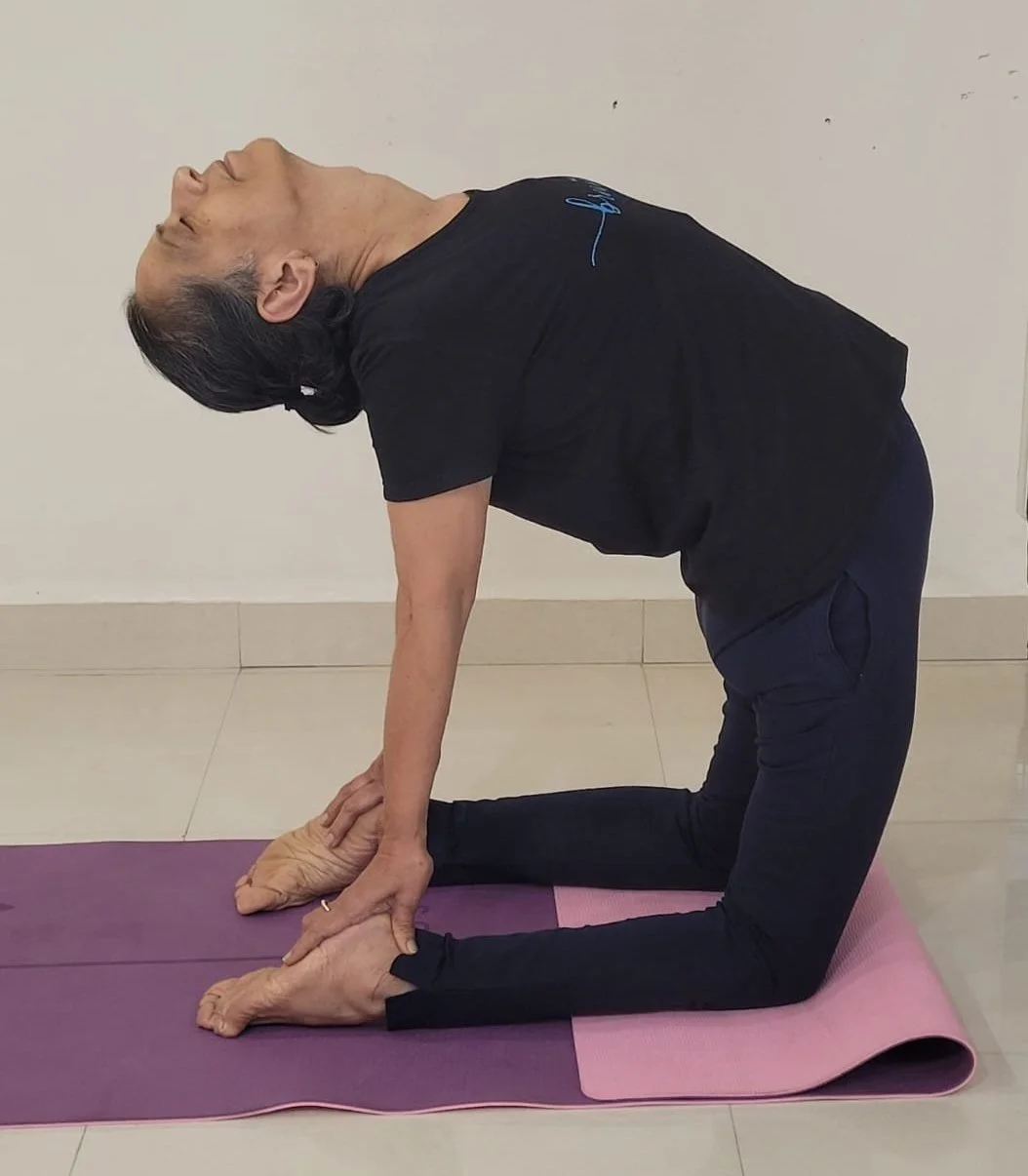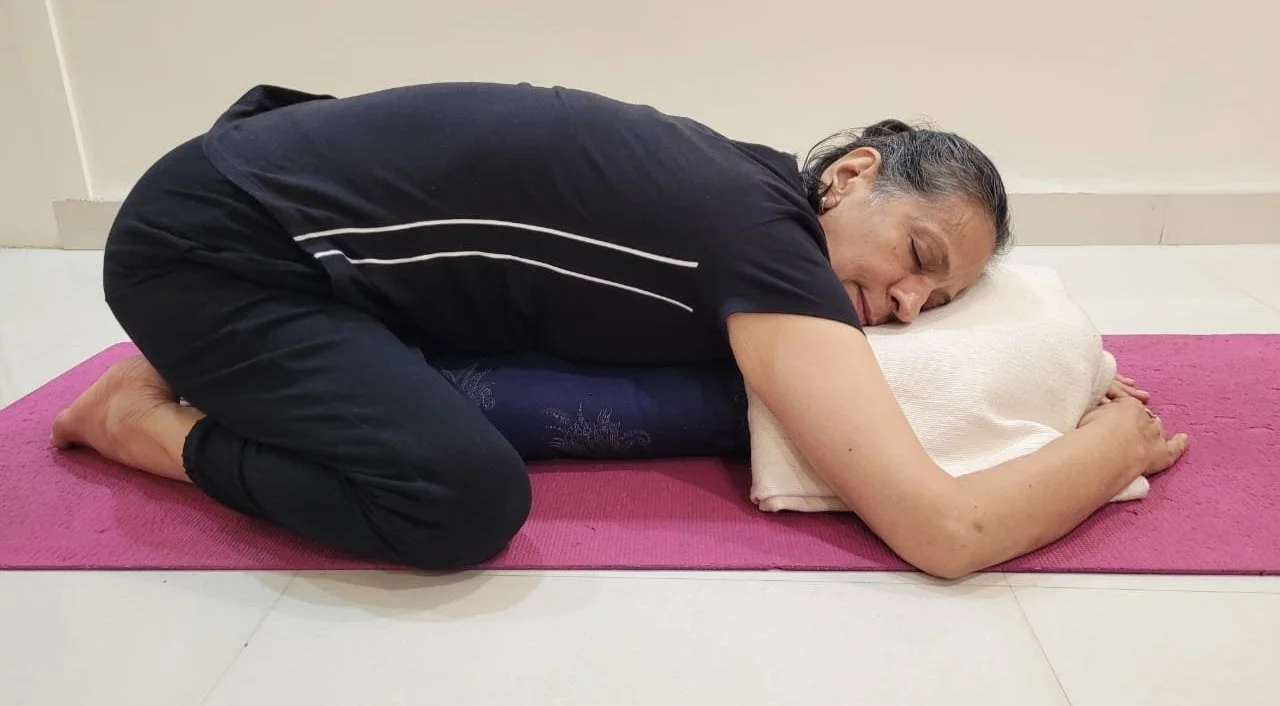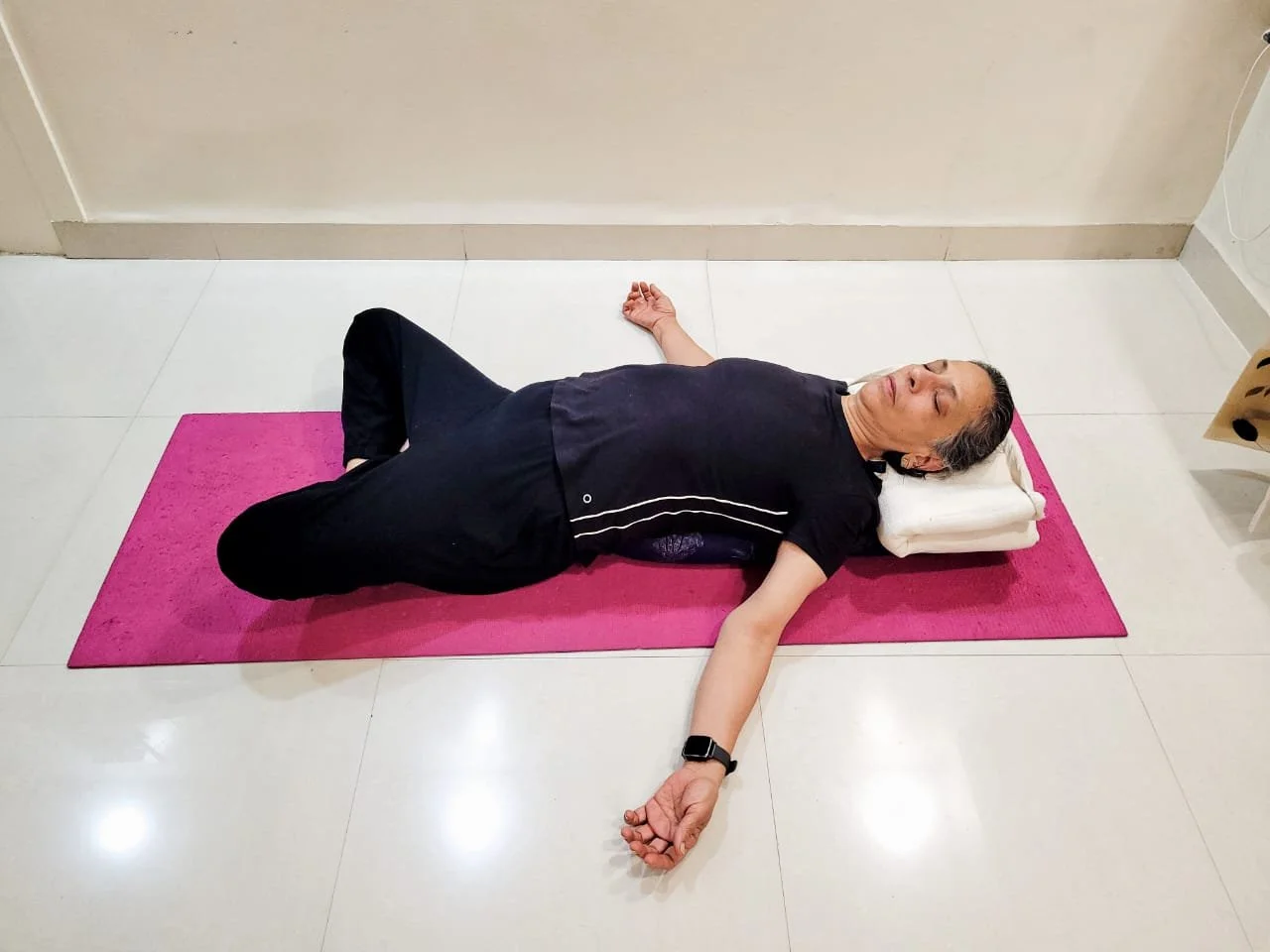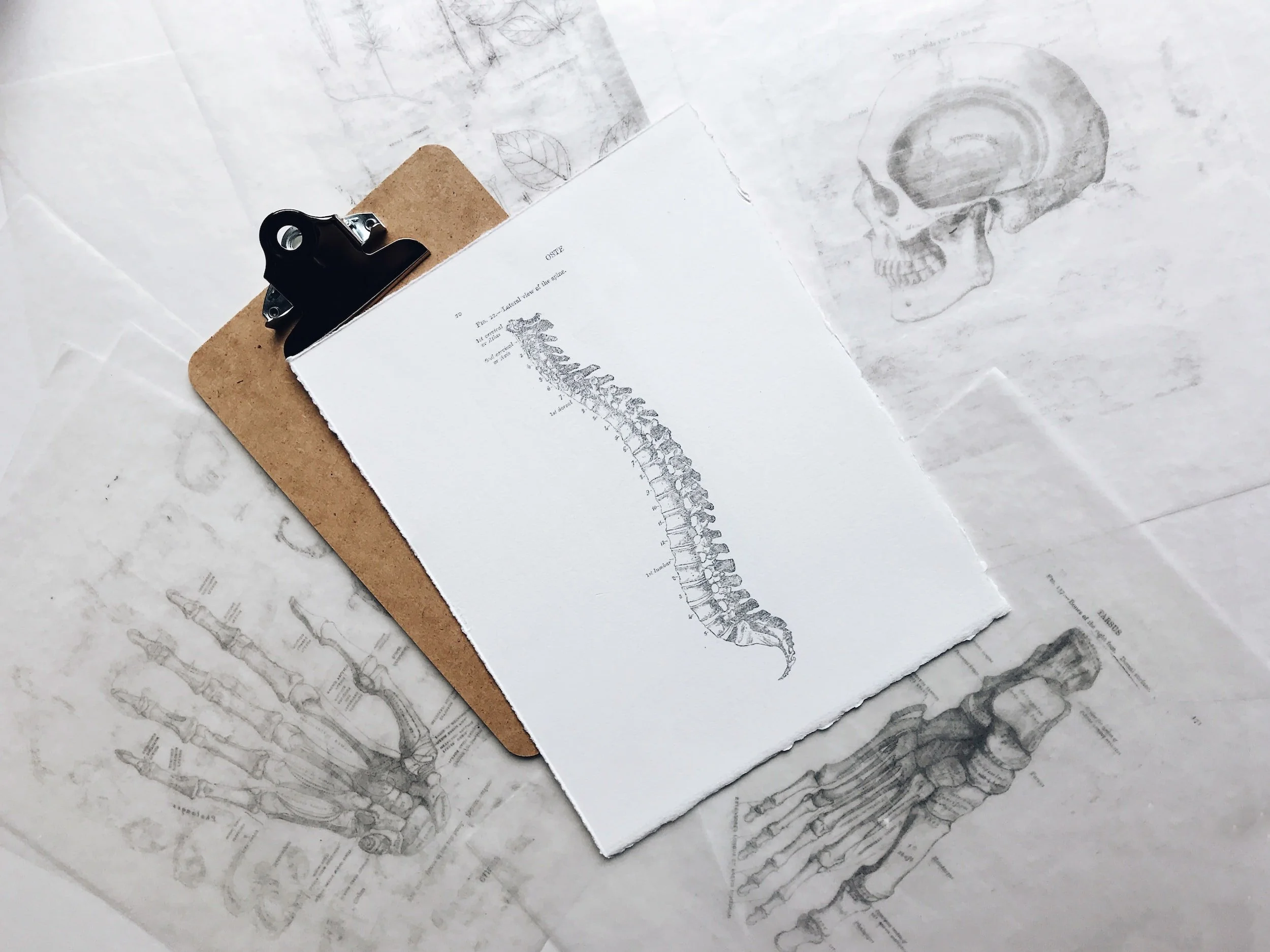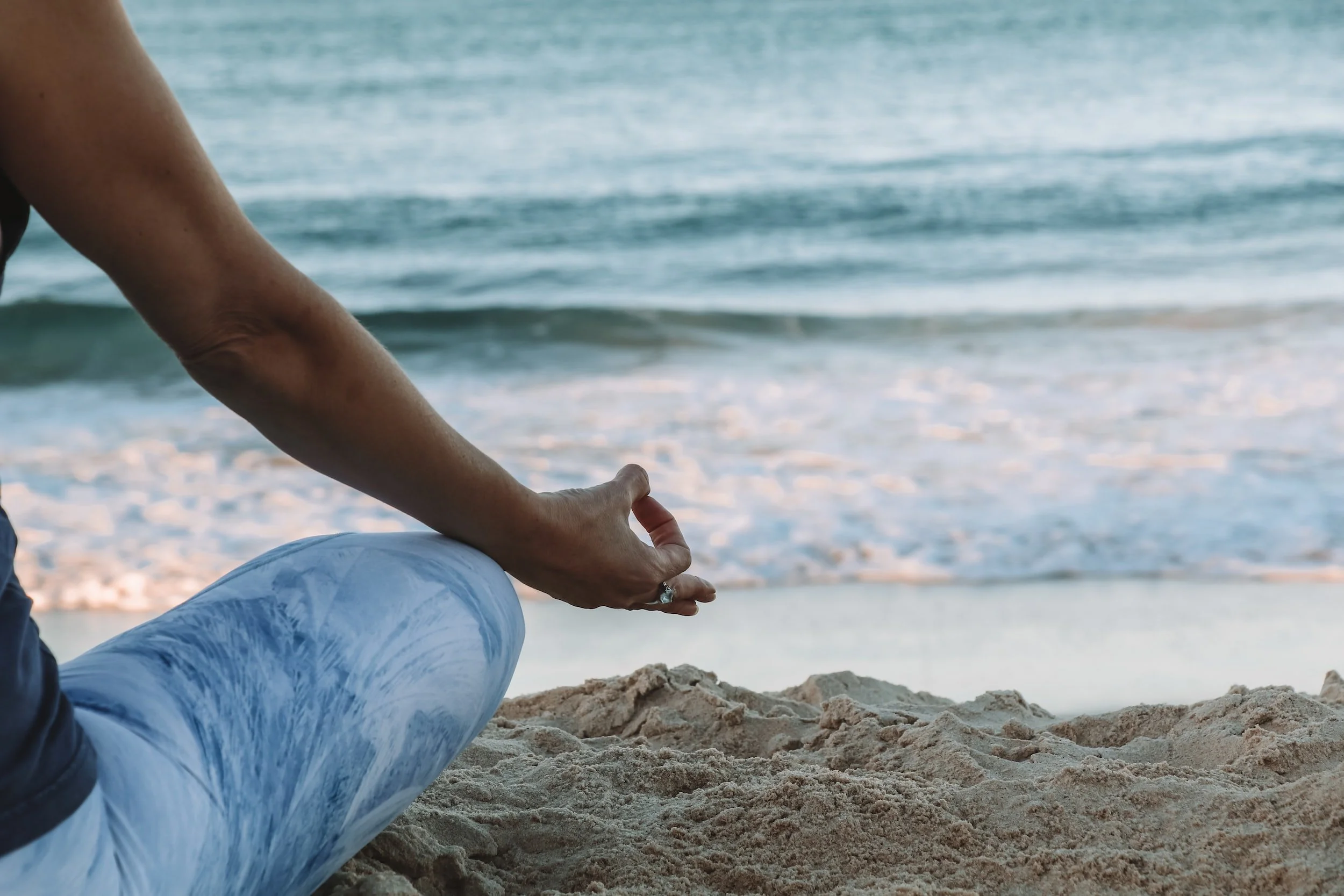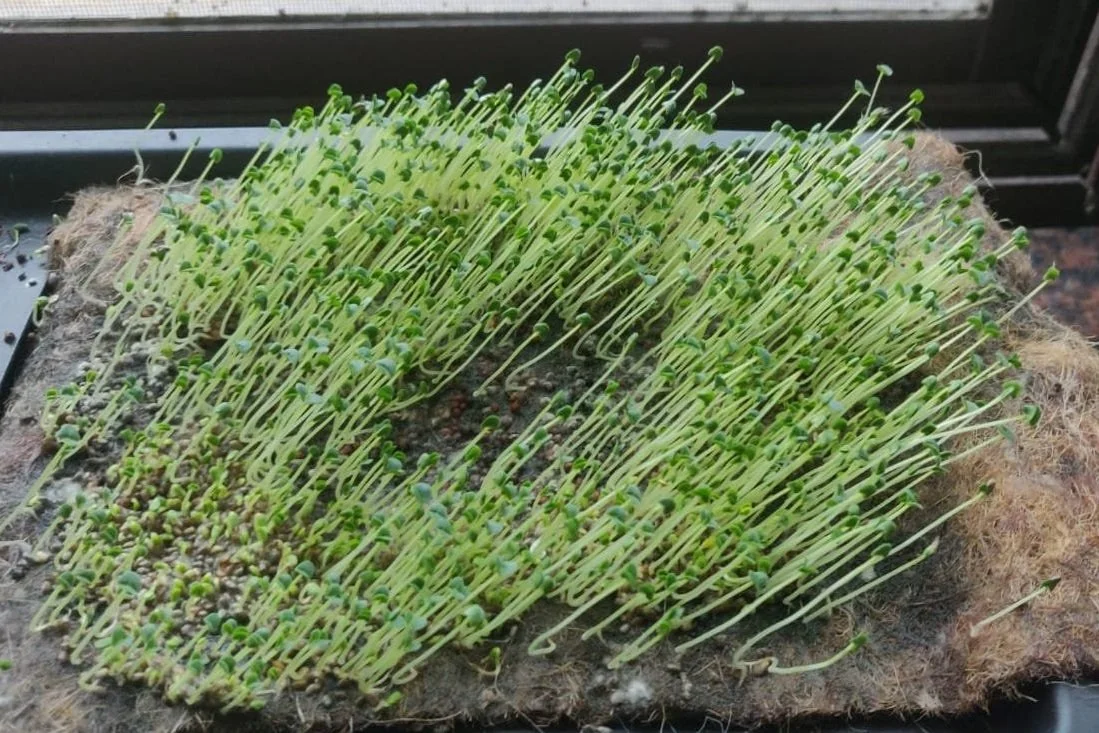In a recent episode of an enlightening podcast, I had the privilege of delving into the fascinating world of neuroscience and the groundbreaking potential of stem cell therapy. Dr. Alok Sharma, a renowned expert in the field, shared his extensive knowledge on a range of captivating topics that left me in awe of the incredible advances being made in medical science.
One of the most awe-inspiring aspects discussed in the podcast was the potential of stem cell therapy to treat previously incurable diseases. Dr. Sharma highlighted the remarkable progress being made in harnessing the power of stem cells to restore and regenerate damaged tissues and organs. From neurological disorders to degenerative conditions, stem cell therapy offers a promising avenue for finding effective treatments and even potential cures. The implications of this research are nothing short of revolutionary, offering hope to countless individuals and their families.
This episode sparked a profound sense of optimism and curiosity within me. As we continue to unravel the mysteries of the human body and mind, it is clear that our collective efforts in neuroscience and regenerative medicine are worth the investment. By embracing these advancements and supporting further research, we have the opportunity to shape a future where previously unimaginable treatments become a reality.







